
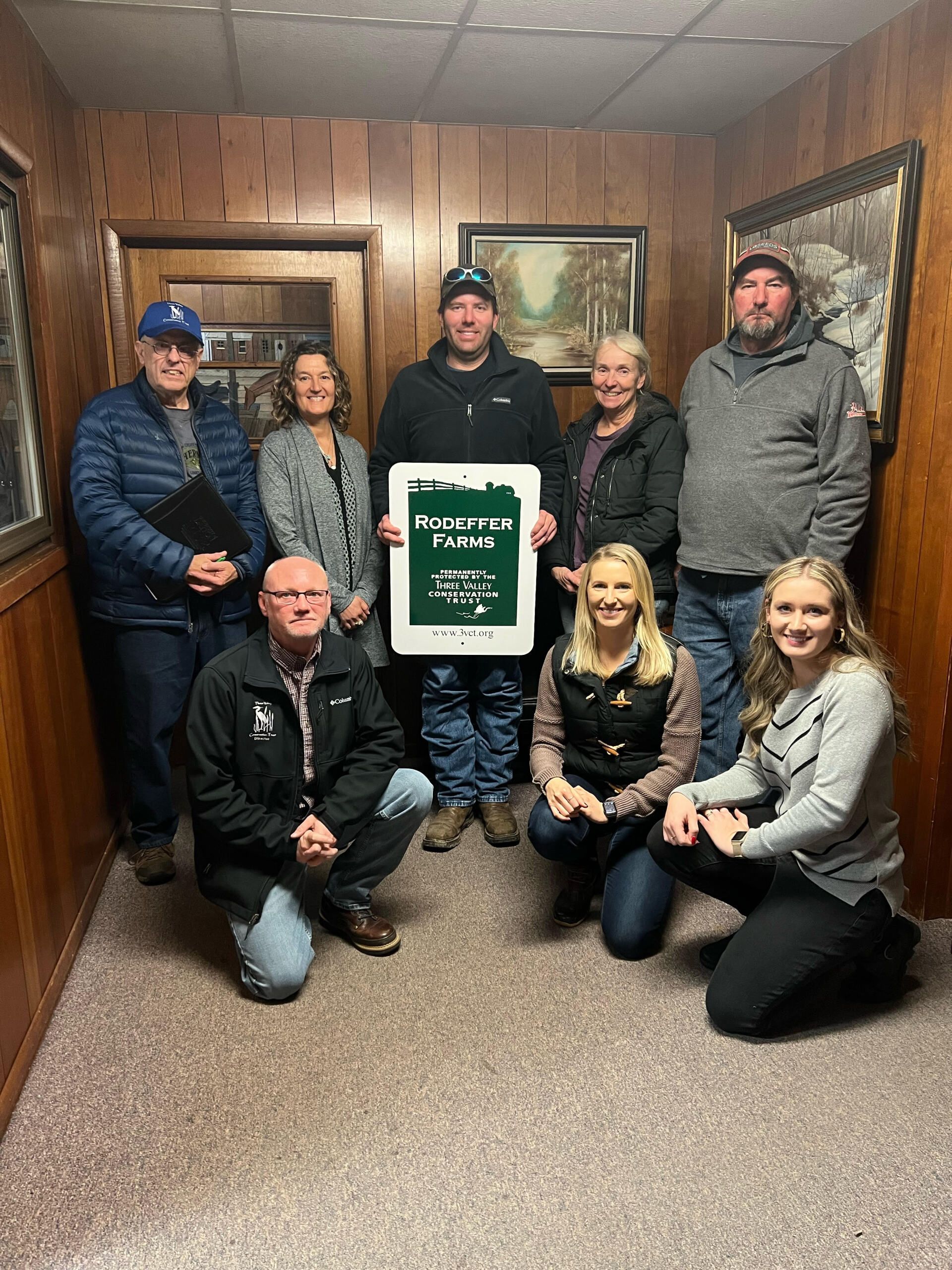

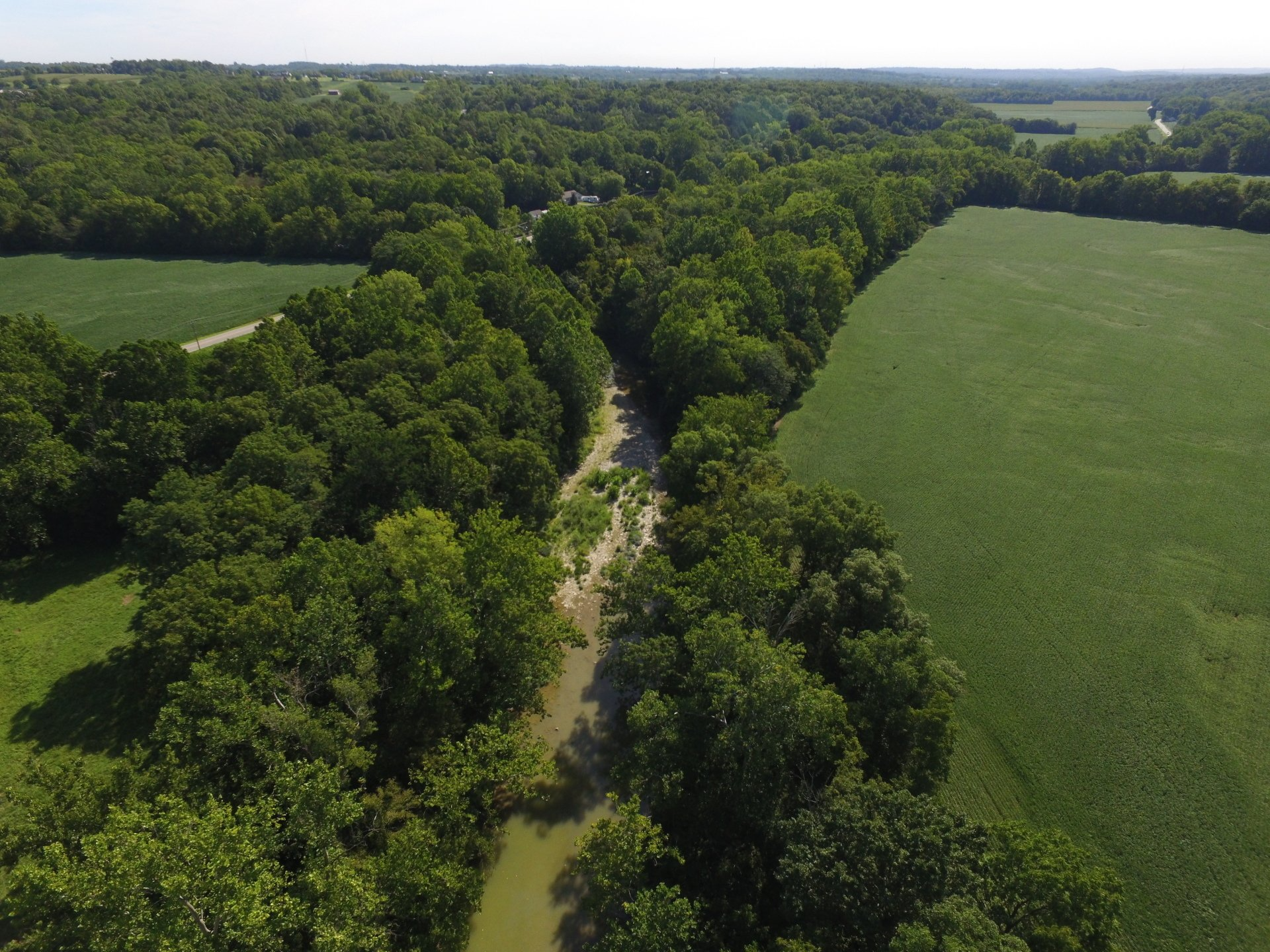
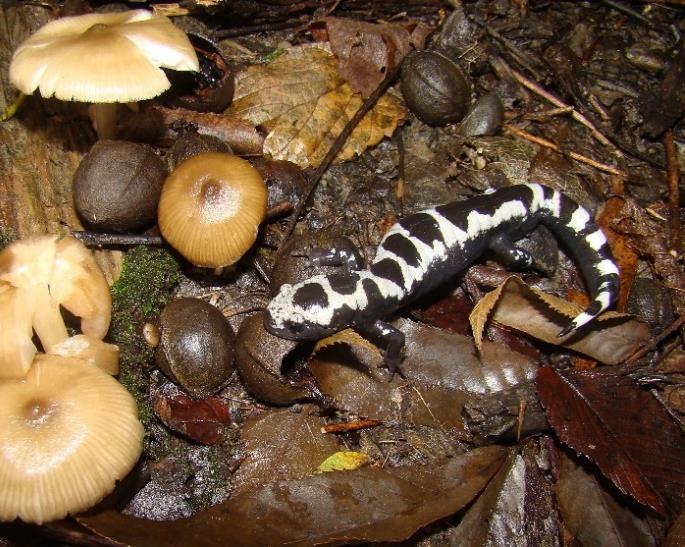

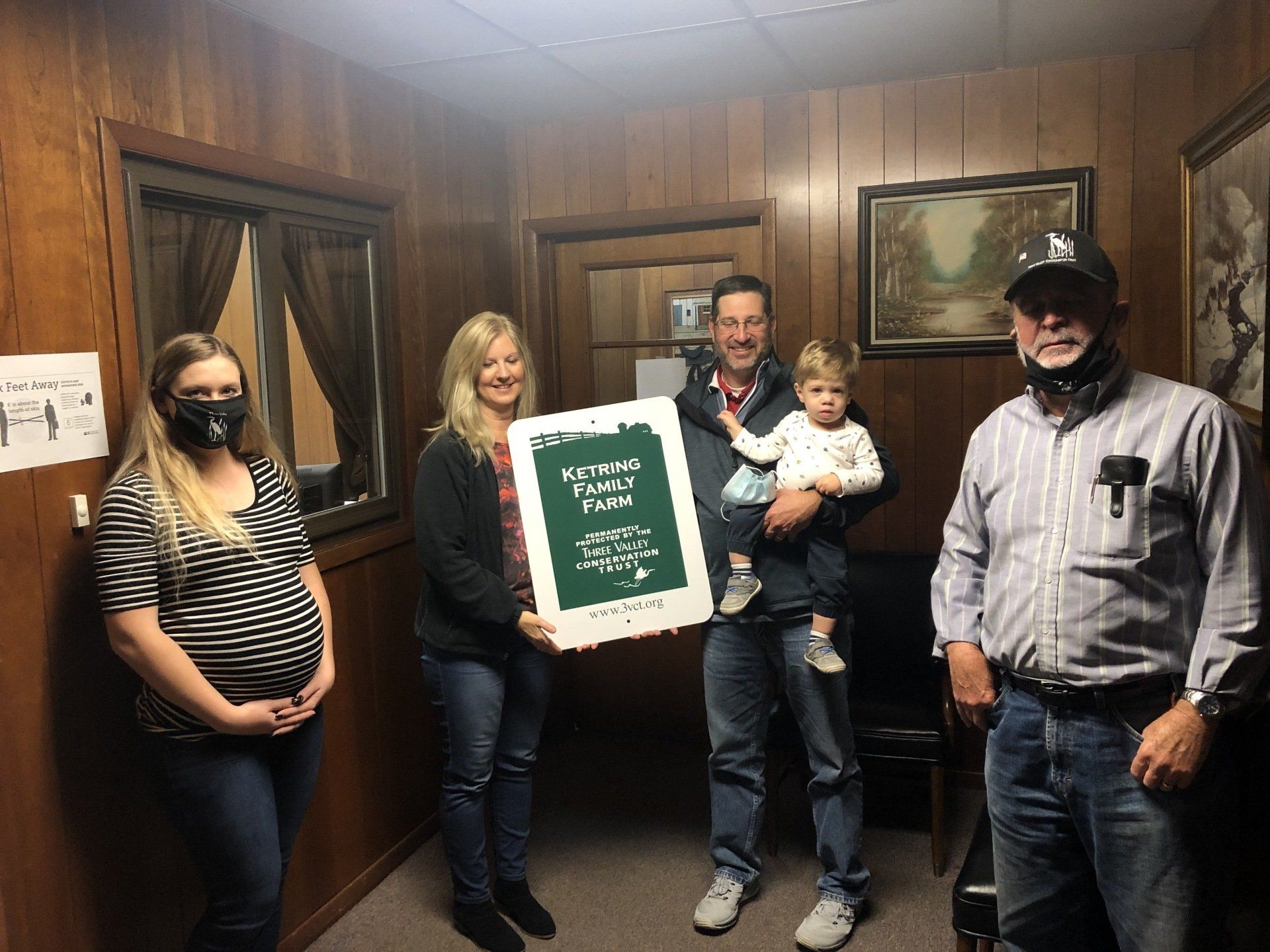
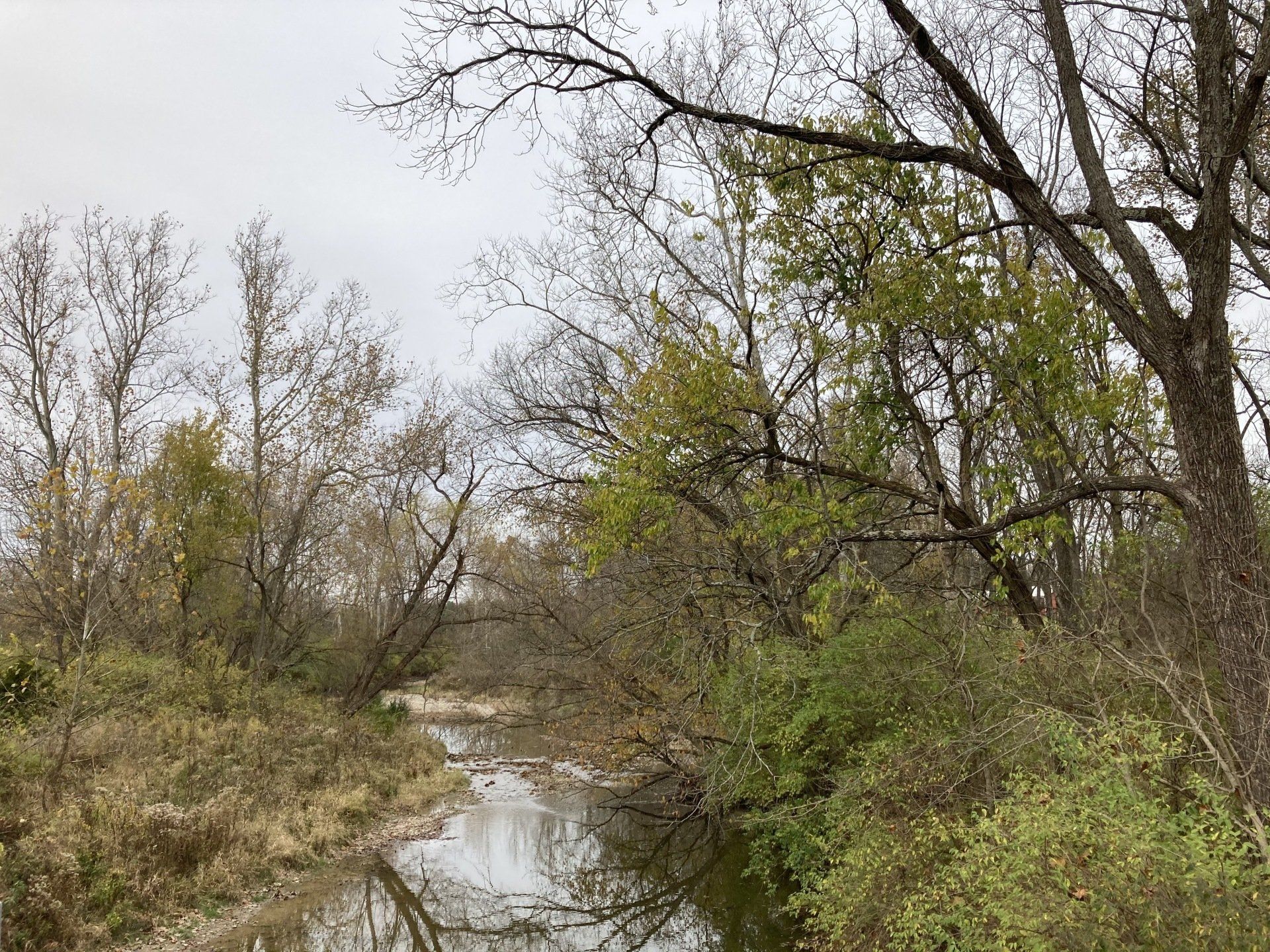
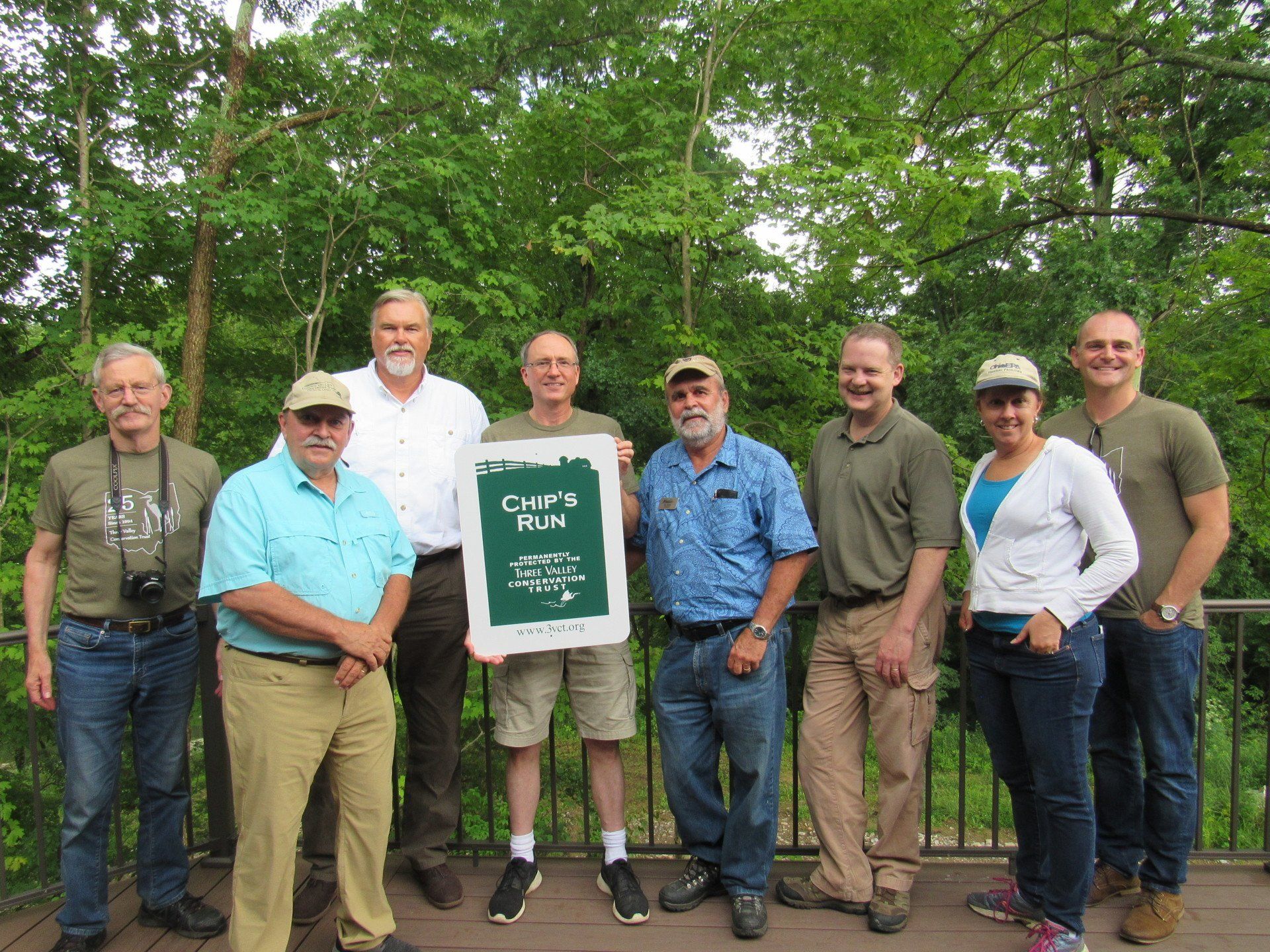
Your county’s Farm Service Agency (FSA) office (www.fsa.usda.gov/conservation) will have more details on how you can apply for USDA’s expanded Conservation Reserve Program (CRP). The USDA is adding an additional 1.1 million acres targeted to benefit wildlife, pollinators and wetlands through a new conservation initiative known as Clean Lakes, Estuaries and Rivers (CLEAR) will assist […]
The USDA is adding an additional 1.1 million acres targeted to benefit wildlife, pollinators and wetlands through a new conservation initiative known as Clean Lakes, Estuaries and Rivers (CLEAR) will assist landowners with the cost of building bioreactors and saturated buffers that filter nitrates and other nutrients from tile-drained cropland. Early estimates indicate that CLEAR could help to reduce nitrate runoff by as much as 40 percent over traditional conservation methods. CLEAR may cover up to 90 percent of the cost to install these new practices through incentives and cost-share. These new methods are especially important in areas where traditional buffers have not been enough to prevent nutrients from reaching bodies of water.
USDA will also add an additional 1.1 million acres to a number of key CRP practices that are critically important to wildlife and conservation. These include 700,000 acres for State Acres for Wildlife Enhancement (SAFE) efforts, which restore high-priority wildlife habitat tailored to a specific state’s needs. In addition to SAFE, 300,000 acres will be added to target wetlands restoration that are nature’s water filters and 100,000 acres for pollinator habitat that support 30 percent of agricultural production.
To learn more about FSA’s conservation programs, visit www.fsa.usda.gov/conservation or contact your local FSA office.








